New Spain consisted of Mexico, much of Central America, parts of the West Indies, from California to Florida, and the Philippines.
c. 1521–1821 C.E.
New Spain consisted of Mexico, much of Central America, parts of the West Indies, from California to Florida, and the Philippines.
c. 1521–1821 C.E.
Columbus's voyage marked an important moment for both Europe and the Americas—expanding the known world on both sides of the Atlantic Ocean and ushering in an era of major transformations in the cultures and lives of people across the globe.
We're adding new content all the time!
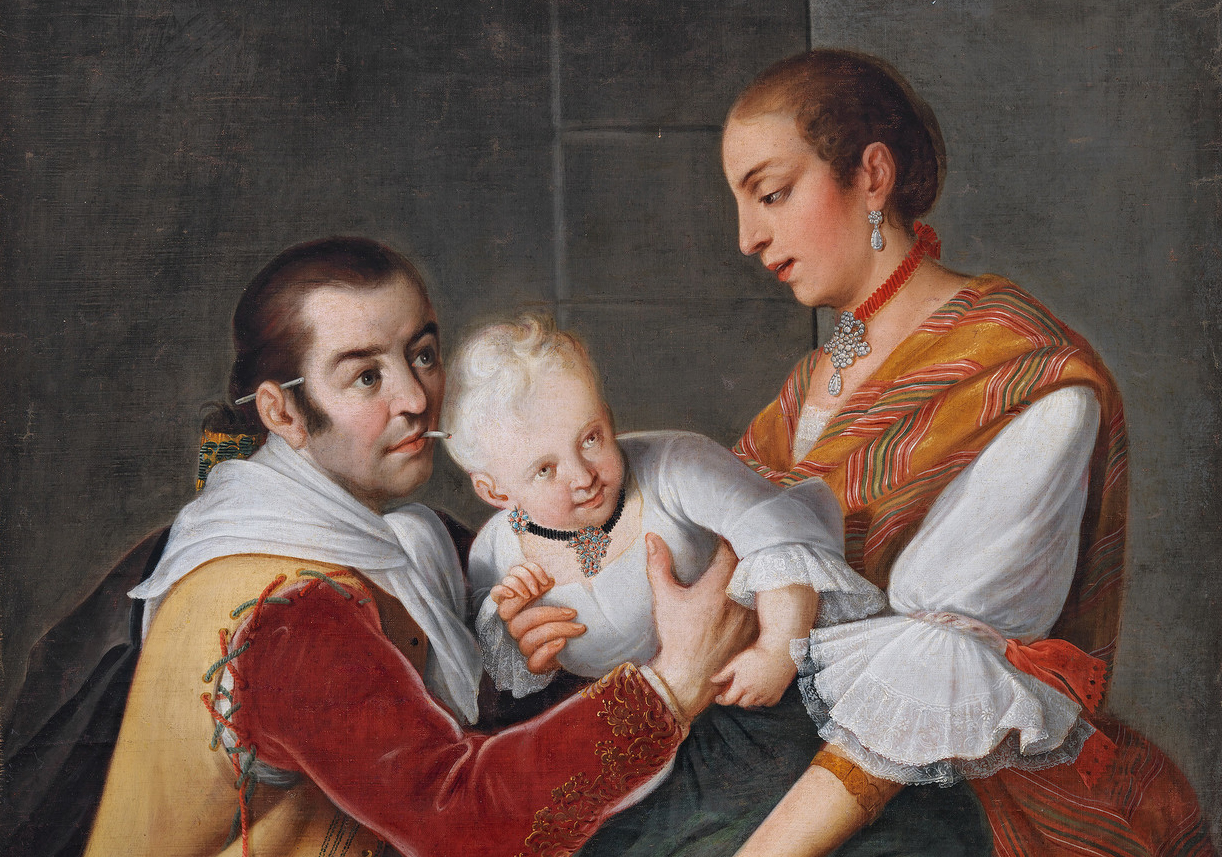
Cabrera's set of 16 paintings embody the complexities (and absurdities) of the casta system in New Spain.
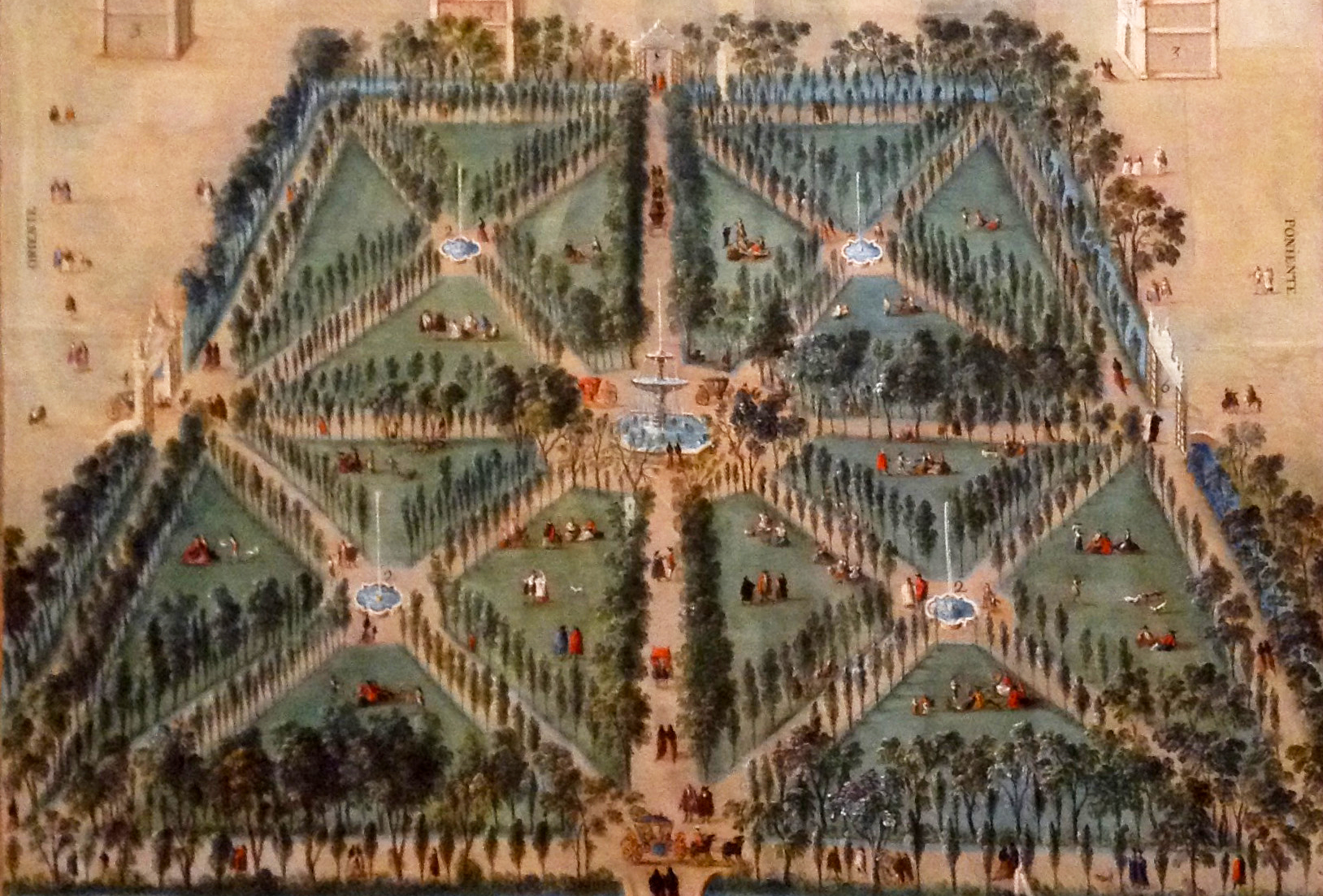
In paintings from the 17th century to now, the historic Alameda Central is featured as an important urban space in Mexico City.
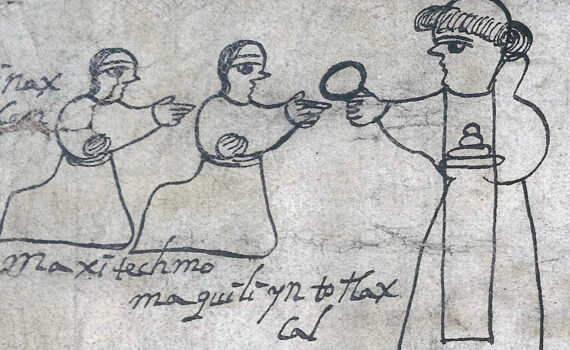
The Egerton Codex testifies to the power of images as tools of conversion in New Spain.
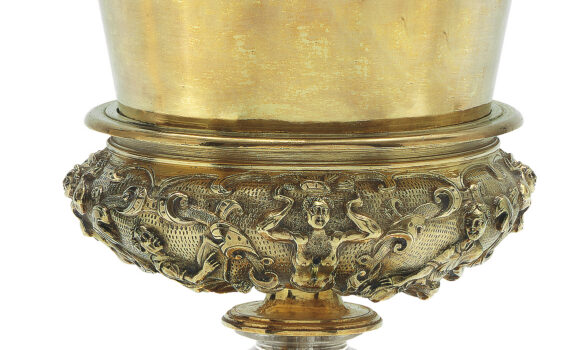
This chalice includes features that could not have been made in Europe, but place it firmly in the Americas, particularly Mexico—namely, feathers.
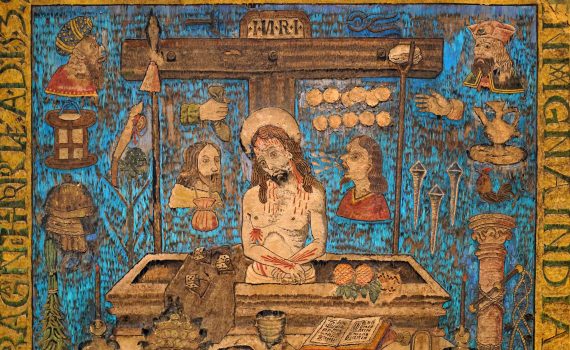
The objects in this chapter originate in, were exported to, and depict peoples originating in the Viceroyalty of New Spain, showcasing the remarkable art created at the crux of a multi-ethnic trans-oceanic encounter.
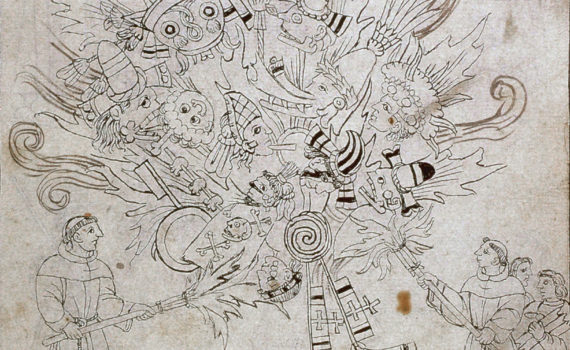
After the Spanish invasions in Mexico, many objects associated with Indigenous religion and knowledge were burned or destroyed.
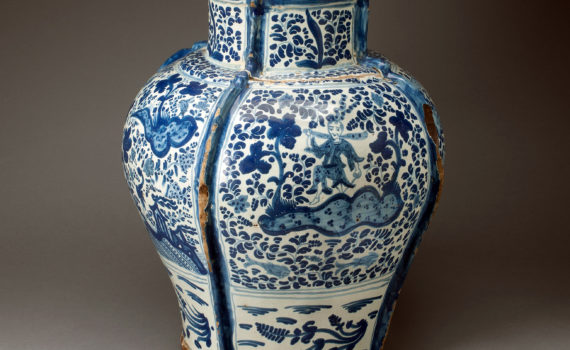
Talavera poblana, the distinct blue-and-white ceramics from Puebla Mexico, have a complex and fascinating history of transpacific and transatlantic connections.
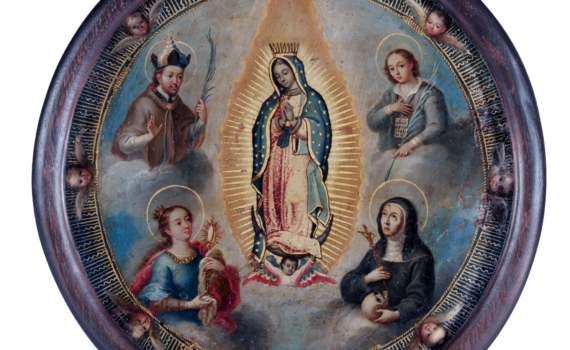
Escudos de monjas are an important genre of art made in the viceroyalty of New Spain, one that gives us a glimpse into how nuns fashioned themselves.
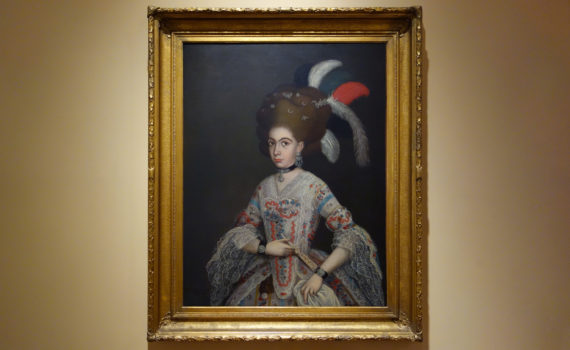
Taking inspiration from European portraits, this painting shows off the wealth of the sitter in colonial Mexico with her elaborate fashion
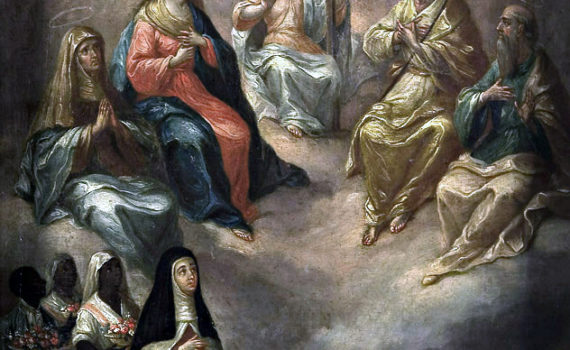
This small painting contains one of the only known depictions of Black, enslaved figures from the Spanish Caribbean during the colonial era (1492–1898).
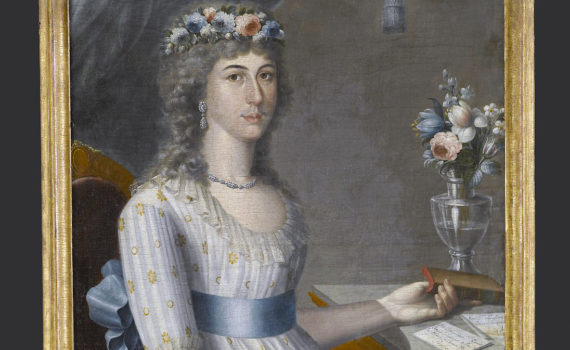
As Puerto Rico’s most sought-after painter in the late 18th and early 19th century, José Campeche y Jordán holds an important and singular space in the art history of the Spanish Caribbean.